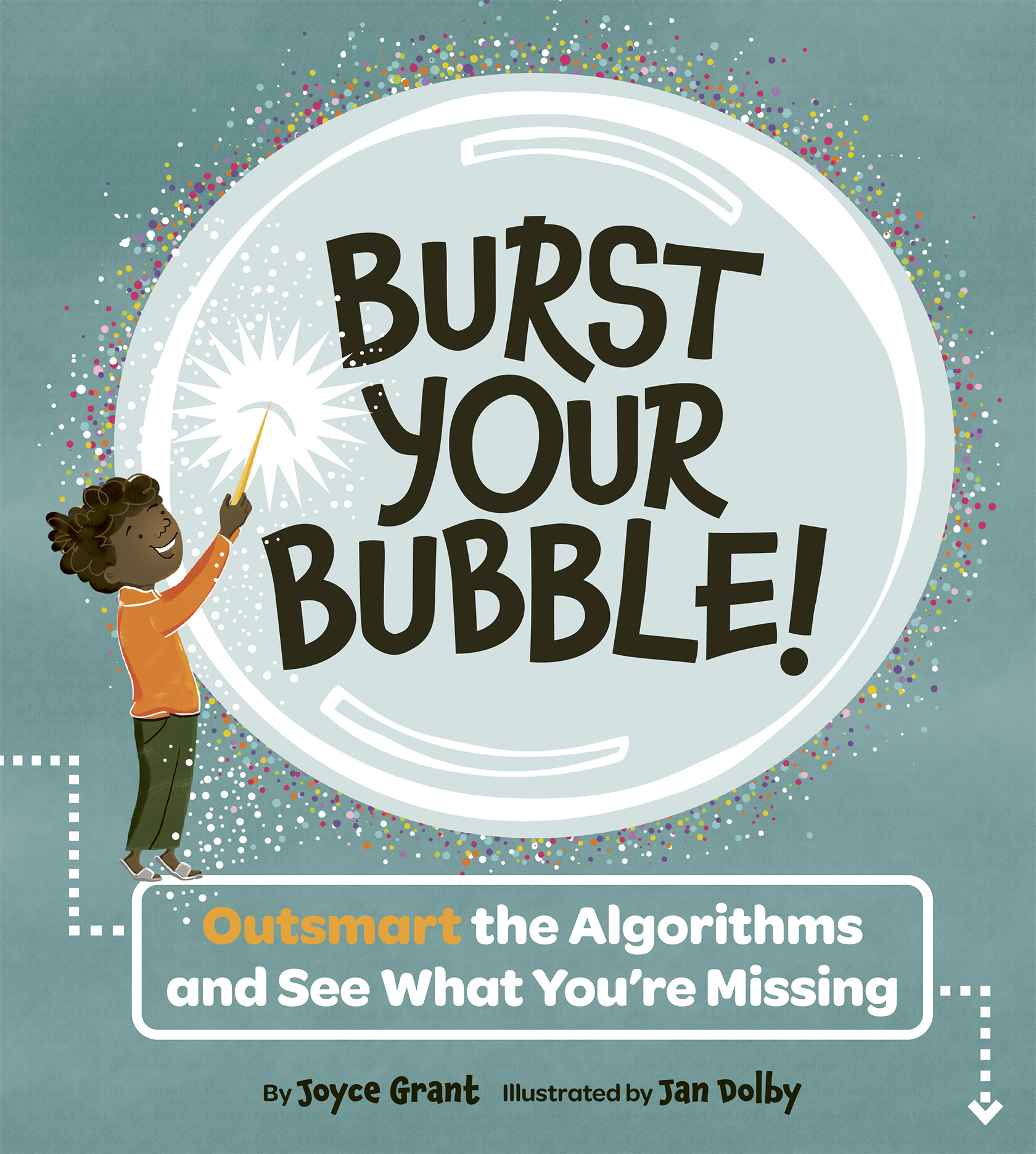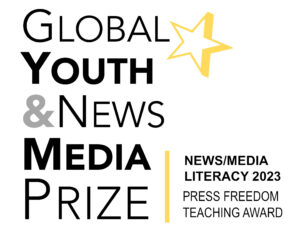Last Friday there was a massive earthquake in Japan. It measured 9 on the Richter Scale, which is the scale that is used to measure how bad an earthquake is. This is the worst earthquake Japan has had in 140 years, and they’ve had a lot of them. It was the fifth most powerful earthquake ever in the world.
The earthquake caused buildings to “shake like palm trees,” according to one witness. Fortunately, because Japan does have a lot of earthquakes most of their buildings are built to be able to withstand them.
Unfortunately, the earthquake also caused a tsunami. A tsunami (pronounced “soo-nom-ee”) is a “giant sea wave caused by an earthquake or volcano.” As you know, Japan is an island. The earthquake happened just off the coast, in the water near the city of Sendai. When it hit, it created waves more than 10 metres high. That’s higher than a two-storey house.
When waves that large and powerful hit the shore, they destroy everything in their path including cars and buildings. Their power is almost unimaginable. To get an idea, think about how hard water can come out of a garden hose or when you turn on the water in your home full blast–now imagine the power of a two-storey-house-sized wave!
The tsunami has killed hundreds of people, and has seriously injured thousands more. Millions of homes in Japan lost their electricity on Friday.
The Japanese tsunami will affect the waters as far away as Hawaii in the United States and British Columbia in Canada, where an “advisory” has been issued for people to beware of high waves that may happen in the coming days.
After the main earthquake, there have been many smaller earthquakes called “aftershocks.” It is normal for aftershocks to occur, especially after major earthquakes. Aftershocks are like small earthquakes and can do additional damage.
The effects of the Japanese earthquake and tsunami are historic because they are so massive. Information about this event will continue to be reported for a long time. You can read about in your local newspapers and follow it on newscasts on your local TV and radio stations so you have the most up-to-date information on what is happening in Japan. Some of the news may seem scary to kids, so it’s important that you talk to adults about any questions you have.
Related links
* Richter scale
* Some excellent coverage in the National Post newspaper, including many photos – adult supervision is required because some of the images and text may be shocking for some kids.
CURRICULUM CONNECTIONS
Writing/Discussion Prompt
People living in Japan are in the middle of a terrible disaster. How can we help them even if we don’t live in or near Japan? What can kids and adults from around the world do to help?
Reading Prompt
In the article, it said, “Fortunately, because Japan does have a lot of earthquakes most of their buildings are built to be able to withstand them.”
Why do you think some buildings are able to survive terrible earthquakes and tsunamis?
Use evidence from the text and your own ideas to brainstorm how the buildings were designed and built so they didn’t fall down.
Design a new building that you think could survive a natural disaster, such as an earthquake. Draw your building and label the parts that make it safe.
Primary
use stated and implied information and ideas in texts to make simple inferences and reasonable predictions about them (OME, Reading: 1.5)
Junior
use stated and implied ideas in texts to make inferences and construct meaning (OME, Reading: 1.5)
Grammar Feature: Compound words
A compound word is a single word that has two smaller words in it. Some examples of compound words are: baseball, seatbelt, doghouse and underarm.
When we are reading and we get to a word that is long and complicated, we can break it down into smaller parts so we can read it more easily.
Find and underline all of the compound words in the text.







